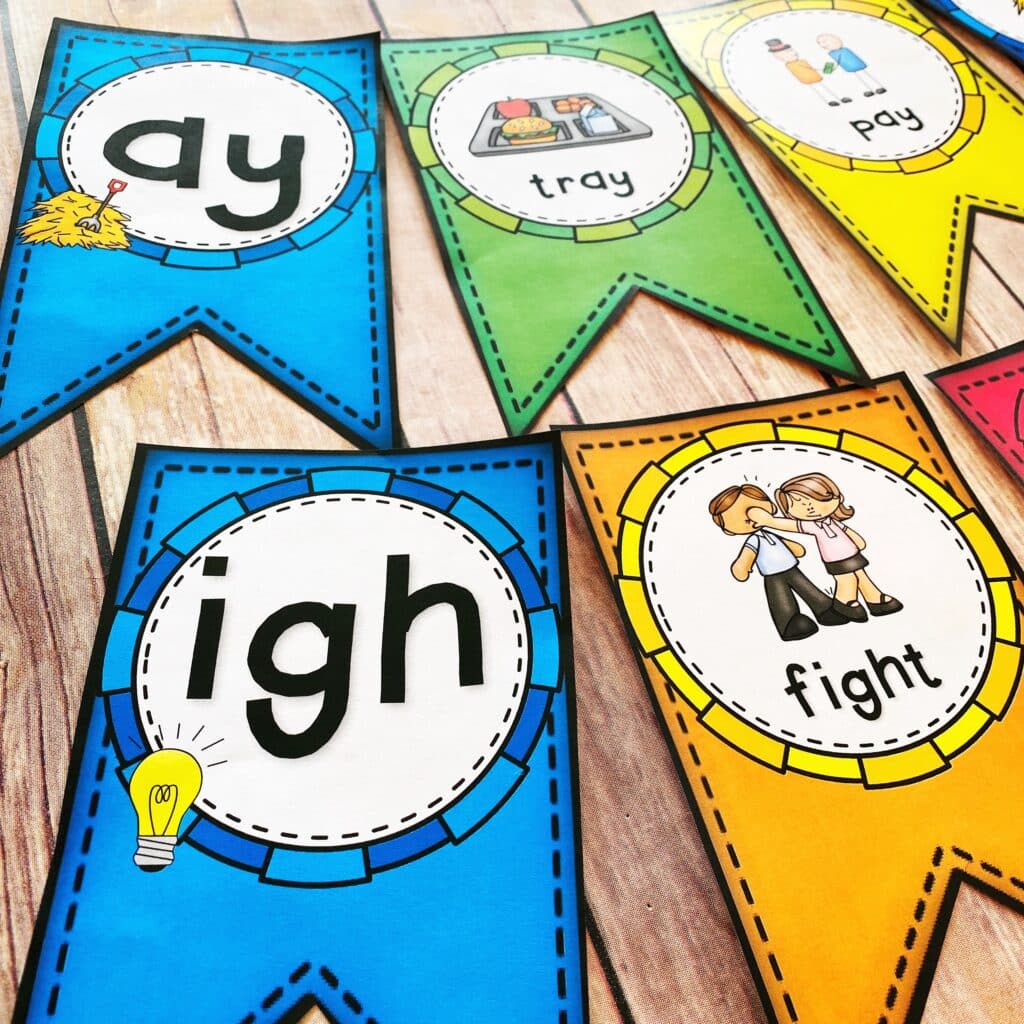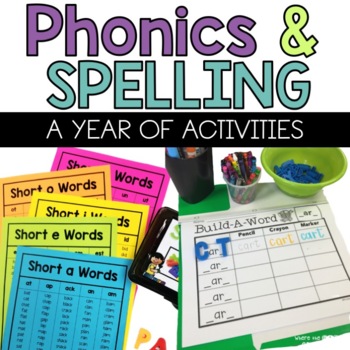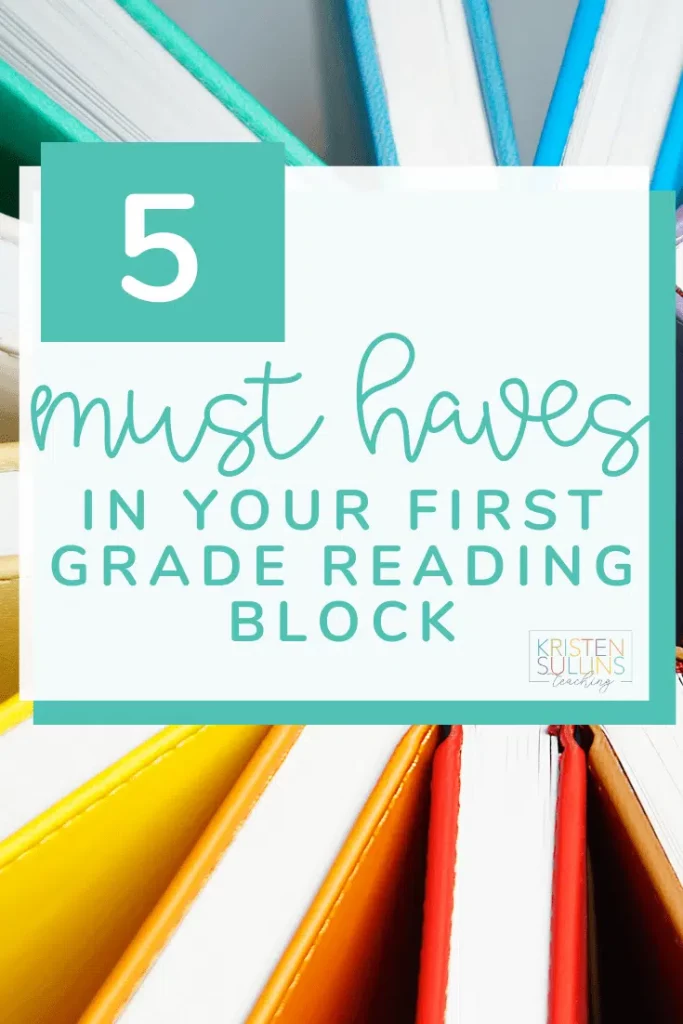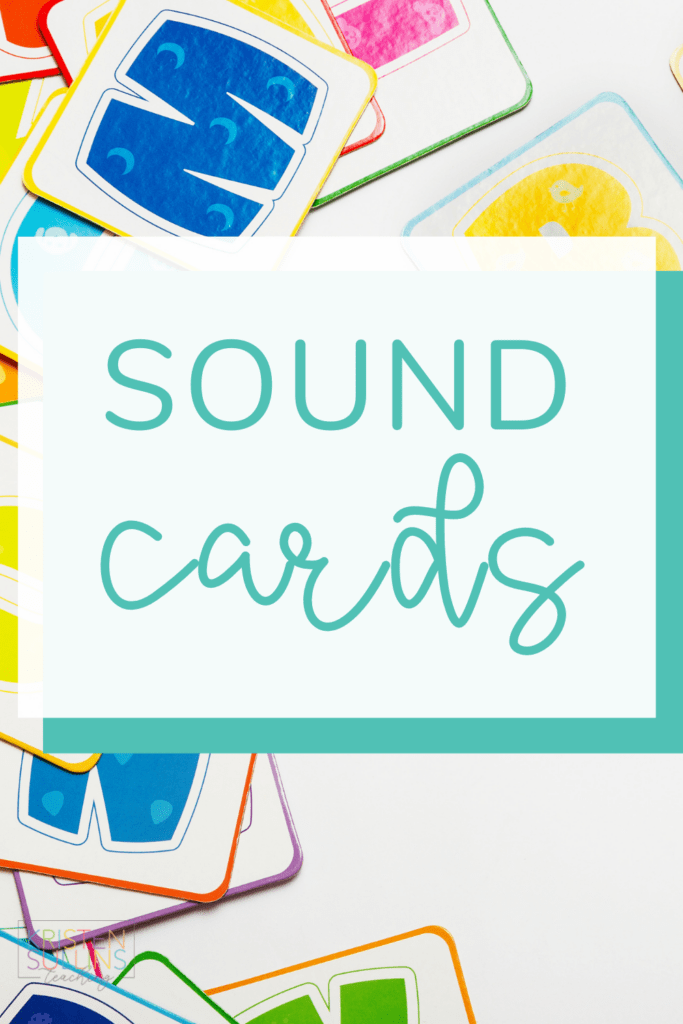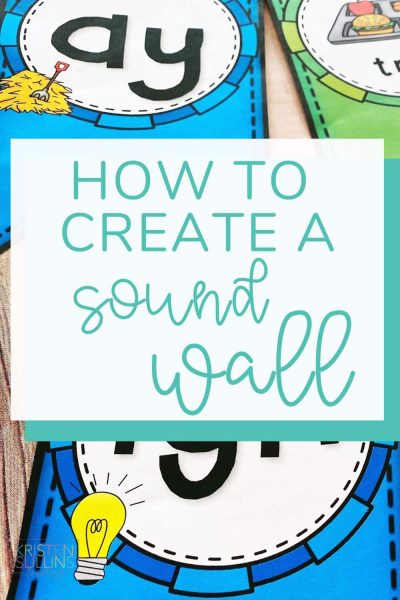As a first grade teacher, I now know that a sound wall is an absolute must! But, as of a few years ago I had not even heard of a sound wall!
I always had my word wall, where I would post known and new words under the corresponding letter of the alphabet, I’d make sure to put the words in alphabetical order and voila! These words were typically sight words we were learning and that was it. I’d occasionally add words that went along with a new spelling pattern, but more often than not, I wouldn’t.
Once I started hearing about a sound wall and it just made SO MUCH SENSE and I haven’t looked back! I started using the vowel valley first (which I’ll explain more later) and then it grew from there. I fell in love with it! Not only does it help students understand our complicated language better, it also aligns with how we are now approaching phonics. Something that is being talked about more and more is the Science of Reading (SoR) or the Science of Teaching Reading (STR).
If you haven’t heard of this yet, it is something that is really changing the way we approach how we teach reading and phonics. Here is a great link from Heggerty that goes into more details, with some great resources on the Science of Reading.
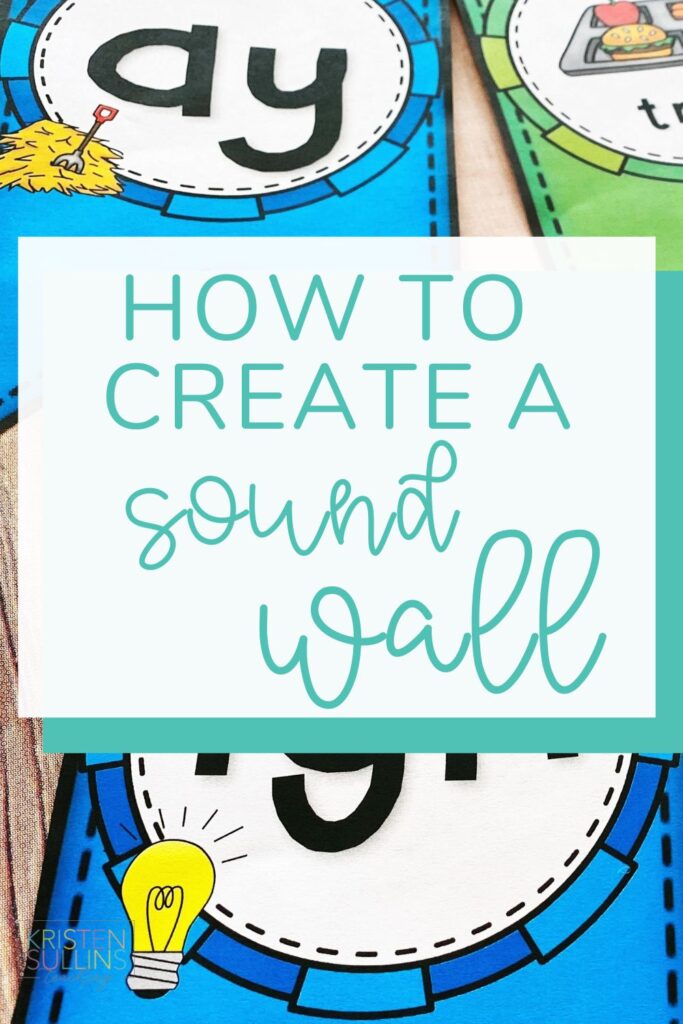
What is a Sound Wall in First Grade?
What is a sound wall?
- A sound wall is a way to organize spelling patterns and phonemes that students can reference when they are reading and spelling. Words are grouped by sounds, not phonemes. For example the word “she” would be under the digraph sound /sh/ rather than the letter S. This helps students make sense of different spelling patterns and their sounds (phonemes).
Sound wall? Word Wall? What is the difference?
A word wall is organized in alphabetical order. Each new word is placed under its corresponding first letter. “The” is placed under the letter T. Can you see the problem here? Students are taught that T says /t/, but that doesn’t work with the word “the” now does it? So when they are trying to read or spell the word, they won’t be able to find it easily because it’ll be under the letter T which doesn’t say /th/.
A sound wall has each section broken up by sounds. Under each individual sound you’ll find the letter or letters that correspond with that sound. For example: the words that would go under the sound /k/ would include kite, car, duck – this is because K, C and CK all say the make sound: /k/.
As early elementary teachers we are explicitly teaching sounds. Students can use this knowledge to use the sound wall on their own.
Where do you put a Sound Wall in a First Grade Classroom?
In my classroom I have a whiteboard that I devote completely to my sound wall. I have it broken up into two sections; on the left is my vowel valley and the right are the consonant sounds. The space you are already using for your word wall will work great for your sound wall. That’s right! Time for change!
If you don’t have room for a sound wall in your classroom, have no fear. There are a lot of sound wall resources out there that you can print for each individual student to keep at their desk. You may have to spend some extra time to make sure students are updating these correctly, but it’s worth it.
Vowel Valley
Has a nice ring to it doesn’t it? Well, let me tell you, it is super easy to use and just makes sense. Sounds too good to be true doesn’t it? I have always been one to love a good alliteration, but when I first heard of the vowel valley I just didn’t get it. Who cares where you put each vowel sound right? Wrong. Here’s what I didn’t realize:
- Each vowel sound causes your mouth to make a different shape
- Putting these sounds into an order that aligns with the shape your mouth makes, helps students navigate the sound wall more easily. Vowels can be tricky! If a student is looking for what makes the long O sound, it is quicker for them to make the sound and find the corresponding mouth shape that they are making! {insert “duh” here}
By having a focused area for vowels, you can easily help students understand the different sounds, introduce new spelling patterns and have a one stop shop for sounds.
How to Use a Sound Wall in your First Grade Classroom
Your sound wall can start empty or with words. That’s up to you and can differ depending on the grade you teach. In my first grade classroom I prefer to start off my year with a blank sound wall. I want students to become familiar with the sounds and spelling patterns as we go. This helps them to better understand my sound wall and how to utilize it.
Some teachers use pictures of locks to differentiate from sounds they have and have not taught. For example: a lock may be placed over the digraph SH. This tells students they have not yet unlocked that sound. Once it is explicitly taught, however, the lock can be removed. I personally haven’t used this strategy in the past, but it’s something I’m thinking about trying next year.
Where to start:
The first thing I do is introduce my students to our sound wall. Each letter(s) has a unique sound and when you put these letters/sounds together in a certain order we can create words. As the year progresses and we learn new sounds I model for my students the phoneme (sound) we are working on and then draw their attention to that specific sound card. We then discuss the letter of letters that make that phoneme. This is also when I will add words that align with our current skill to our sound wall. We always do this together. I want my students to be part of the adding of these words.
You want to be constantly demonstrating to students how to use the sound wall. It is a great reference tool that students can have right at their fingertips!
What about sight words/trick words?
Trick words have gone through many names (sight words, outlaws, trouble etc) and phases. We need to stop looking at these words as tricky and start looking for paths to decode.
Now, there is a small percentage of words that have to be explicitly taught because they cannot be decoded, but the rest of those sight word lists out there can be decoded!
What I learned from the Science of Teaching Reading is that a huge majority of English words can be spelled accurately by using “traditional” sounds with their symbols (letters), with some expectations.
By teaching our students how to accurately decode words through incorporating phoneme practice with the use of a sound wall, students can be so much more successful.
Overall? Sound walls are amazing!
Utilizing a sound wall in your classroom will only benefit your students and you as a teacher. We are constantly evolving as educators and this is another step in the right direction.
Looking for more Phonics and Spelling Activities?
Are you a busy and tired teacher who needs to fulfill the phonics and spelling needs of their emerging first grade readers? This year long Phonics and Spelling activity bundle is a 5-Part phonics kit for teachers to use when teaching students about spelling and phonics patterns (word families).
Here's what other teachers are saying:
Using this resource for center work at the end of the day. Students are very engaged and successful!
-Kelly S.
This is a fantastic collection of reading resources to use during guided reading groups! Some of my first graders are still working on phonics skills that will help them read fluently. I love this set!
-Ramona K.

